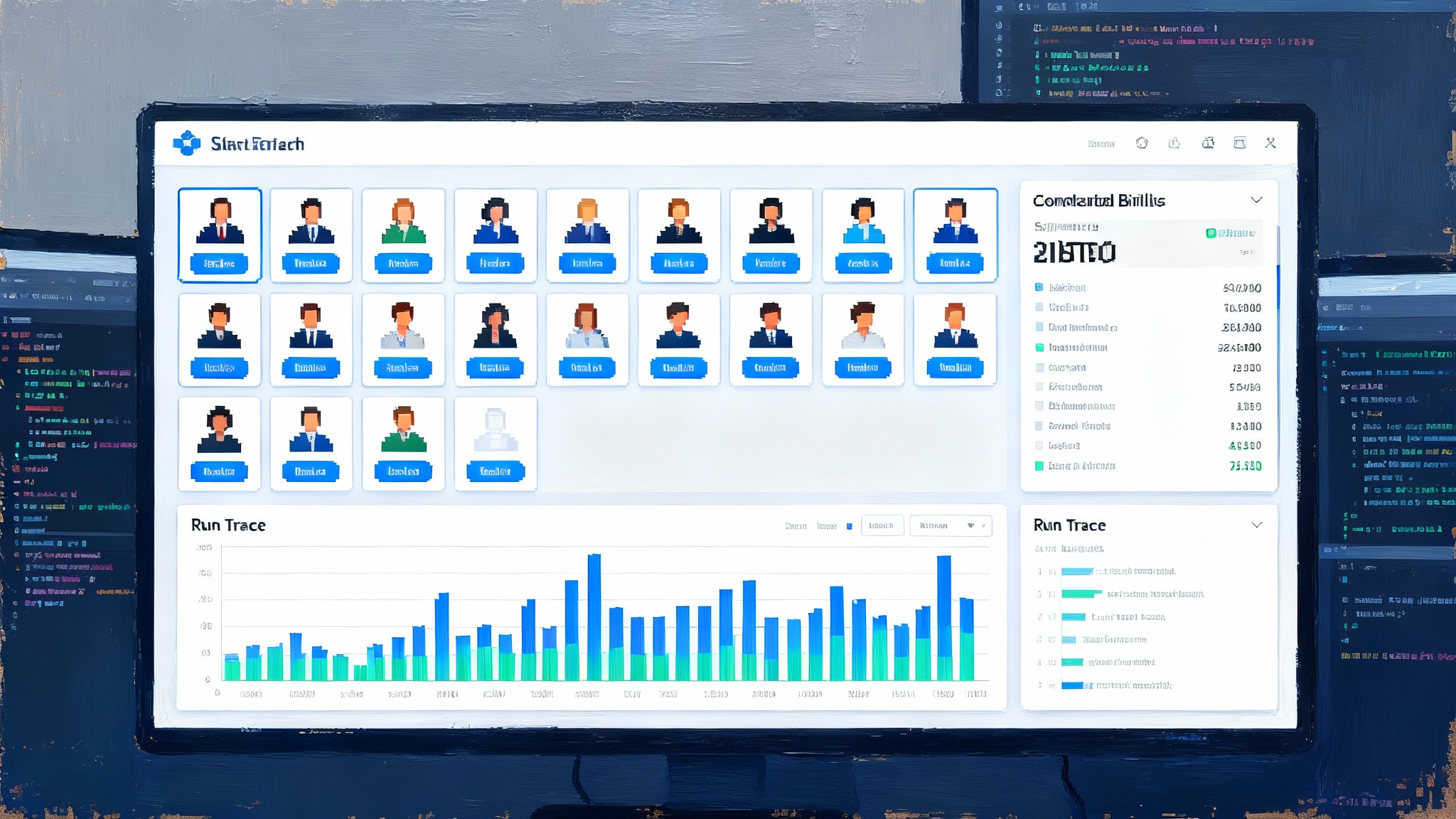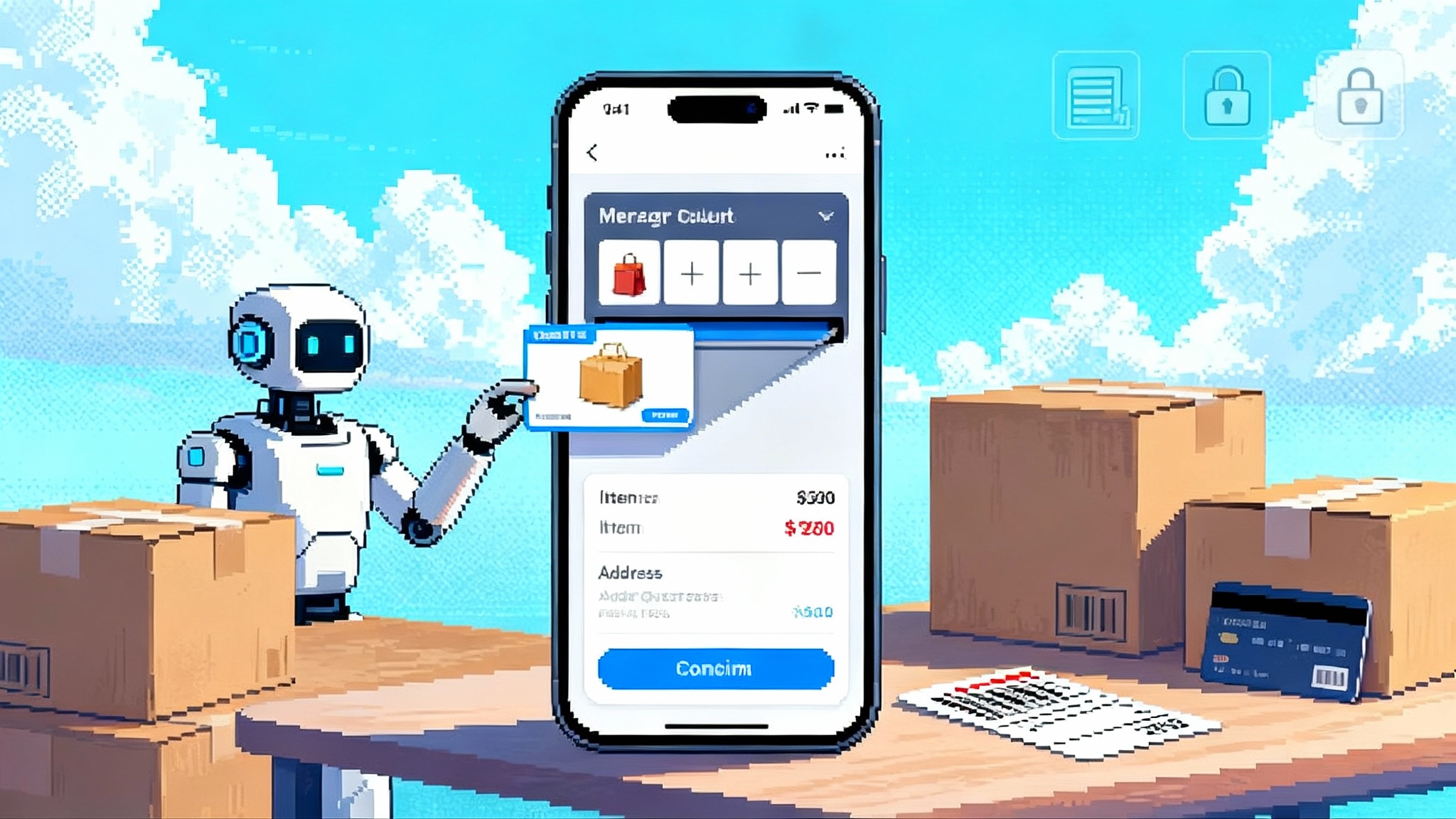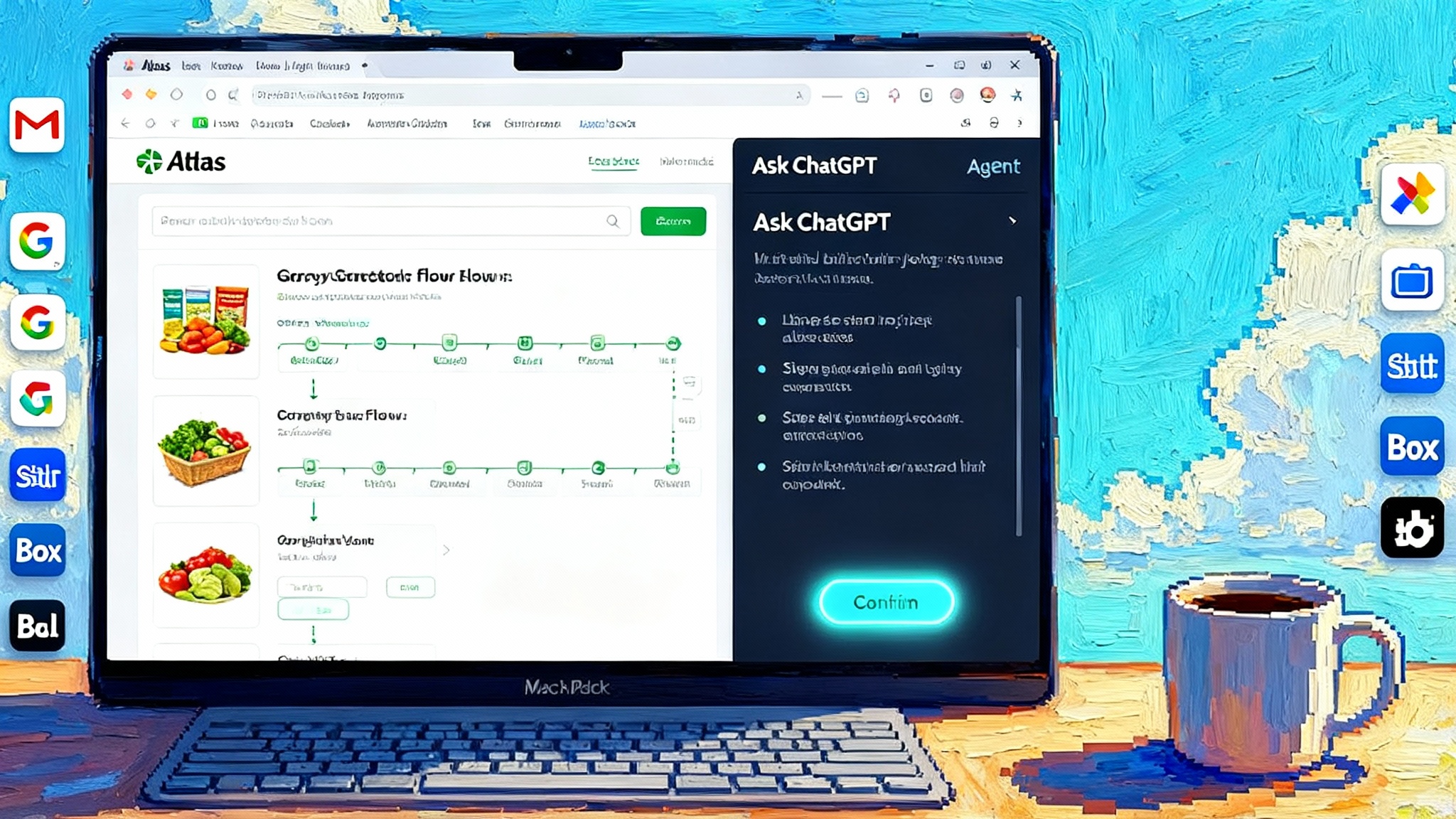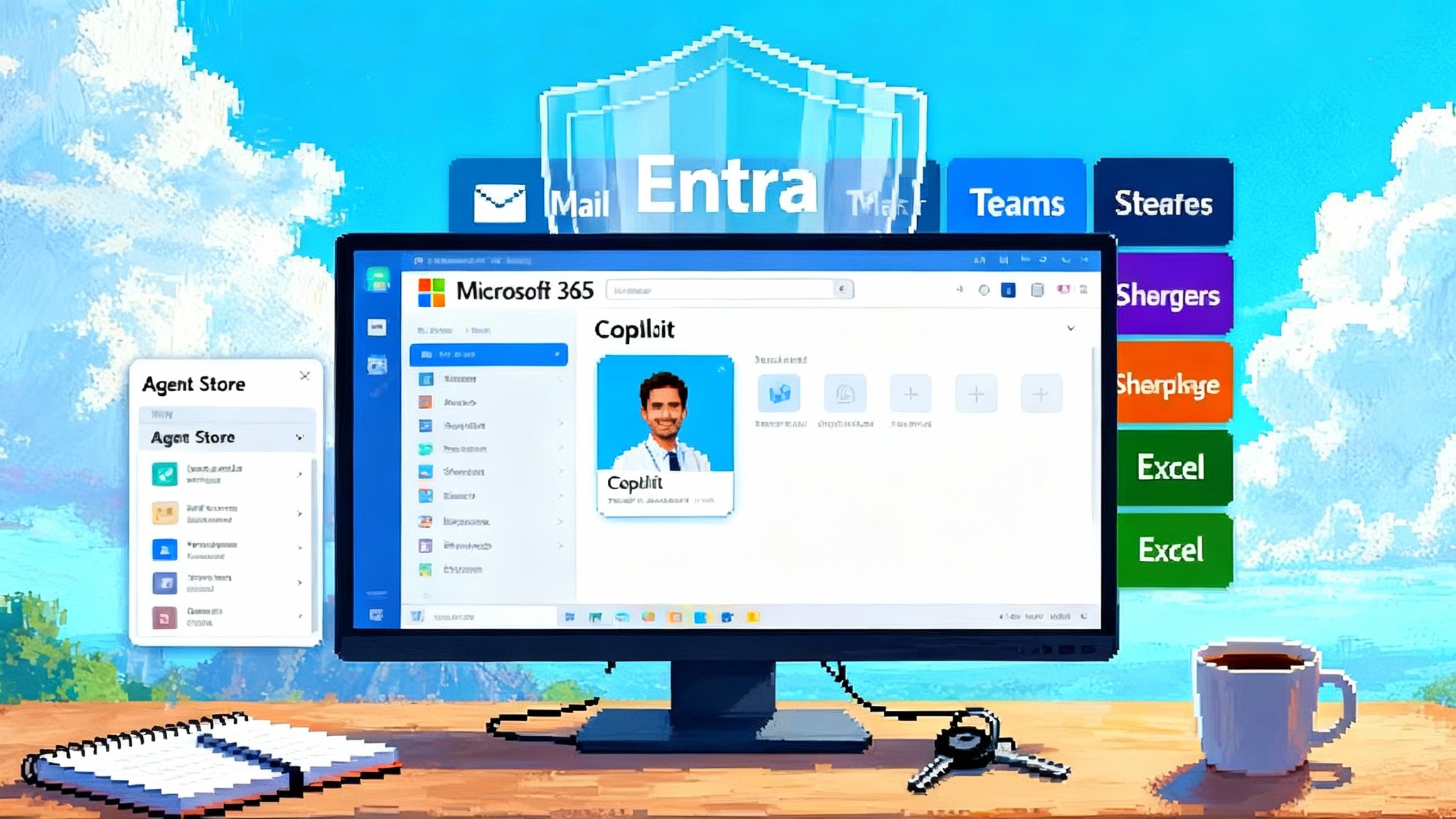TIME’s Archive Agent Becomes a Template for Media AI
TIME and Scale AI launched an archive-native agent on November 10, 2025 that answers with provenance and takes actions like audio briefings. Here is the playbook for publishers to copy and how it shapes 2026.

A century of journalism goes agentic
On November 10, 2025, TIME and Scale AI introduced an AI Archive Agent built directly on TIME’s 102-year body of reporting. This is not another chat widget perched on a website. It is a production system that searches across a century of journalism, answers with provenance, and then acts by turning answers into audio briefings, translations, and reading plans. TIME’s own explanation of the project lays out why it shipped as a unified agent with clear rules in place, as described in the TIME AI Agent FAQ. For publishers, this looks like a new product category. For enterprises, it looks like a reusable pattern for their own knowledge bases. And for the broader market, it hints at vertical agent marketplaces that will harden through 2026.
What launched and why it matters
The TIME AI Archive Agent is archive-native. That phrase matters. Most chat experiences rely on generic retrieval augmented generation, which is like calling an intern who has loose notes on everything and asking for an answer. You might get something useful, but the provenance is thin, the authority is mixed, and the follow-on actions stop at text. An archive-native agent stands on an authoritative corpus with known provenance, governed access, and tools that match the domain. In TIME’s case that means grounded answers, editorial voice preservation, and actions like audio briefings that mirror the way readers actually consume news.
This is not only a reader experience story. It is a trust, governance, and monetization story. When an agent is publisher-owned, the rules are explicit and enforceable. Which articles are in scope. What it can do with audio. How updates propagate. What is logged for quality assurance. That clarity is the foundation of safe automation.
If you are tracking how production agents reach users, compare this launch with the shift toward packaged agent distribution in Vercel’s marketplace for production agents. It is the same directional move: clearly defined inputs, actions, and guarantees.
Why archive-native beats generic RAG chatbots
Think of three differences that change outcomes immediately:
-
Corpus authority and coverage. A generic chat tool may retrieve from a grab bag of sources, then blend them. That creates uneven trust and legal risk. An archive-native agent narrows the world to a curated, licensed corpus. The output inherits the institution’s standards because the inputs are governed.
-
Action surface, not just text. A chatbot ends when the answer ends. An agent continues. It can translate, prioritize, and schedule follow-ups. In a newsroom context, actions like generating a three-minute morning brief, compiling a reading bundle on a topic, or preparing a side-by-side comparison of candidates actually move the user forward.
-
Policy engine inside the product. A domain agent embeds editorial and business rules as first-class logic. That reduces hallucinated attributions, maintains brand voice, and enforces licensing boundaries. A generic chatbot tries to bolt policies on after the fact. A domain agent bakes them in.
A fast metaphor helps. A generic RAG bot is a confident tourist who knows a little about every gallery in a city. A domain agent is the museum’s head docent who knows the collection, the loans, the conservation schedule, and who can give you a personalized tour in your language, then email you the catalog with permissions attached.
The design choices that make it production grade
Headline features are easy to list. What matters are the choices that make this safe and useful at scale.
1) Governance over a 102-year corpus
A century of reporting is not just a big index. It is a permission tree. The core tasks for a publisher-owned agent include:
- Canonical indexing with provenance. Every item carries metadata for author, date, rights, and corrections. When the agent answers, it should cite and trace back to a specific story and its revision state.
- Policy scoping. Not every page belongs in the agent. Some content is embargoed, some is premium, some has third-party rights. Inclusion rules, exclusion lists, and per-section policies turn a pile of articles into a compliant dataset.
- Version control. Journalism corrects itself. The agent must preferentially retrieve corrected versions and mark historical versions as such when they provide context.
- Safety overlays. Hate speech, medical claims, and election information require extra caution. Safety classifiers and policy routers ensure that sensitive queries follow a tighter path.
These sound like back office tasks, yet they determine whether an answer is accurate, licensable, and brand-safe. The agent’s value comes as much from this governance as from the model that writes the sentences.
For teams modernizing their data foundations, the approach mirrors what we see in enterprise stacks where governance is the differentiator. If your content lives in data lakes, the pattern matches what Agent Bricks for lakehouse agents prescribes: clean lineage, explicit rights, and policy as code.
2) Audio briefings as a first-class action
Audio is not a novelty feature here. TIME’s agent turns text into voiced briefings that mirror the outlet’s tone. That means the agent is not just summarizing. It is selecting, structuring, and performing. For readers, the conversion of a morning question into a short briefing is a practical win. For TIME, it creates a repeatable content product that can be measured and sponsored with clear guardrails. The important detail is that audio remains consistent with the archive’s rights and the brand’s voice, not an arbitrary synthetic speaker. Audio also provides a tangible example of agentic behavior: a clear output that users can play, share, or save without leaving the experience.
3) No-memory guardrails at launch
Axios reported that the initial release shipped without personalization or memory. In other words, the agent does not remember prior queries or build a profile at the outset, as noted in the Axios launch details. That sounds conservative, but it is also a trust strategy. By starting without memory, the team avoids preference capture concerns, reduces regulatory exposure, and makes behavior predictable during the shakedown period. Memory can be added later on an opt-in basis with explicit user controls, scoped retention windows, and visible explanations for recommendations.
4) Tools, not toys
Behind the scenes, a publisher-owned agent needs a small set of reliable tools rather than a long list of experiments. In this case, the obvious ones are semantic search, summarization with source attributions, text to audio, translation, and a policy engine that routes or blocks requests according to business rules. Tool reliability matters more than raw model horsepower because users care about whether the action completes successfully, not whether the model set a benchmark record.
If you are building a similar system, note how mature platforms are codifying these primitives. The movement is visible in Google’s Agent Builder, where orchestration, tools, and evaluation are treated as product, not prototypes.
The publisher playbook you can copy now
If you are a publisher, a museum, a university, or any organization with a deep catalog, the TIME launch is a template you can adapt.
-
Harden your corpus. Build a clean, rights-annotated index. Capture provenance, corrections, and licensing limits. Tag what cannot be transformed to audio, what cannot be translated, and where excerpts must be capped.
-
Decide the first three actions. Pick actions your audience will use daily. In news, that might be audio briefings, reading lists, and side-by-side explainers. In education, it might be practice quizzes, flash card decks, and lecture audio. Limit scope. Ship a few actions that work every time.
-
Write policy like product code. Enumerate what the agent can and cannot say, how it cites, what it does when sources conflict, and which topics route to human review. Treat this policy as an explicit contract between your standards and your model.
-
Launch without memory. Add personalization only after you have monitoring, user consent flows, and a clear plan for retention limits, data deletion, and portability.
-
Measure outcomes, not latency. Track goal completion rate, answerable rate, citation coverage, and user repeat rate. These metrics tell you whether the agent is doing jobs users care about.
-
Monetize the actions. Audio briefings suggest sponsorship slots. Reading lists suggest premium bundles. Translation suggests international pricing experiments. Let the agent’s actions shape your business model.
From newsroom to enterprise knowledge bases
The same design applies beyond media.
- In a bank, an archive-native agent sits on product manuals, policy memos, and call center transcripts. It can answer a customer’s mortgage question, then generate a compliant follow-up email and schedule a call. Governance is the differentiator because advice has to be auditable.
- In a pharmaceutical company, the agent sits on standard operating procedures, trial protocols, and safety reports. It can prepare a manufacturing checklist in Spanish and ask the user to confirm the lot number. Safety overlays and role-based policies keep it in bounds.
- In a global retailer, the agent sits on product data, store operations playbooks, and promotion calendars. It can assemble a weekly briefing for store managers and produce a translated version for regional teams.
What these examples share with TIME is the structural shift from a model that answers to a system that acts according to institutional rules. The winning ingredient is not the latest frontier model alone. It is a well-governed corpus, a narrow set of high-value actions, and a policy engine that never blinks.
What this means for 2026 vertical agent marketplaces
By mid 2026, expect marketplaces where domain agents are packaged and distributed with clear guarantees. Not a general app store of chatbots, but shelves of vetted agents focused on specific jobs with auditable behavior.
- News and analysis. Publisher-owned agents licensed into enterprise research portals. Buyers get trustworthy summarization and briefings with predictable rights.
- Legal and tax. Reference publishers bundle agents that answer within jurisdictional limits and produce draft filings that conform to required formats.
- Health. Patient education agents preloaded with verified materials from a hospital network. Actions include appointment preparation checklists and translated after-visit summaries.
This trajectory lines up with how infrastructure for agents is consolidating. When distribution resembles a store shelf, the selection criteria shift from model-of-the-month to guarantees about corpus provenance, policy enforcement, and action reliability.
How to measure success without getting lost in model metrics
It is tempting to focus on benchmarks or token throughput. Those matter operationally, but users judge agents by outcomes. A practical scorecard for a publisher-owned agent looks like this:
- Goal completion rate. Of all user tasks initiated, what percent complete successfully, such as a briefing delivered or a reading list created.
- Evidence coverage. What share of answers include at least one first-party citation.
- Correction half-life. When a story is updated, how long until the agent stops using the old version.
- Safety intervention rate. How often do policy routers or moderators step in, and what is the false positive rate.
- Repeat use. Do users return daily for actions like briefings.
\ nThese metrics are business aligned. They tell you whether the agent is creating durable habits and trustworthy outcomes.
Risks and the mitigation stack
Three risks stand out, along with how to mitigate them:
- Hallucinated authority. Even on a first-party corpus, models can overstate or blur nuance. Mitigation: require explicit citations on sensitive claims, prefer verbatim snippets for direct quotes, and implement a refusal pattern when evidence is thin.
- Stale or superseded content. A century of journalism includes analysis that time has overturned. Mitigation: route evergreen questions to updated explainers, label historical context clearly, and prefer the most recent corrected article when answering factual questions.
- Rights and derivative use. Audio, translation, and excerpting have different rules. Mitigation: encode rights constraints in the index, enforce them with a policy layer that checks each action against content labels, and log actions for audit.
What to build next
Publisher-owned agents do not need a flashy feature list. They need deep reliability on a small set of actions that users adopt every day. Three next steps would compound the impact of TIME’s launch:
-
Reader workspaces. Let users pin a topic, collect agent answers and sources into a living notebook, and turn that into a weekly personal brief. Keep memory opt-in and scoped to the workspace.
-
Editorial co-pilot with lineage. Give editors a private agent that flags discrepancies across older coverage, suggests updates, and drafts correction notes with citations. Require human approval and record lineage for every suggestion.
-
Syndication rails. Package the agent’s actions as a service that partner institutions can embed, with usage-based pricing and audit logs. Keep the policy engine centralized so updates roll out uniformly.
The takeaway: libraries that act
TIME’s AI Archive Agent shows what happens when a trusted institution turns its archive into a working system with rules, not a demo. It is grounded in governed data, it performs actions people want, and it starts with a privacy posture that invites trust. If 2024 and early 2025 were the year of chat, November 2025 is the moment when archives started to act. The next phase will not be won by whoever ships the largest model. It will be won by institutions that turn their knowledge into dependable agents with clear contracts. The playbook is short. Govern the corpus. Pick a few high-value actions. Write policies like code. Launch without memory. Measure outcomes. Then expand with care."








